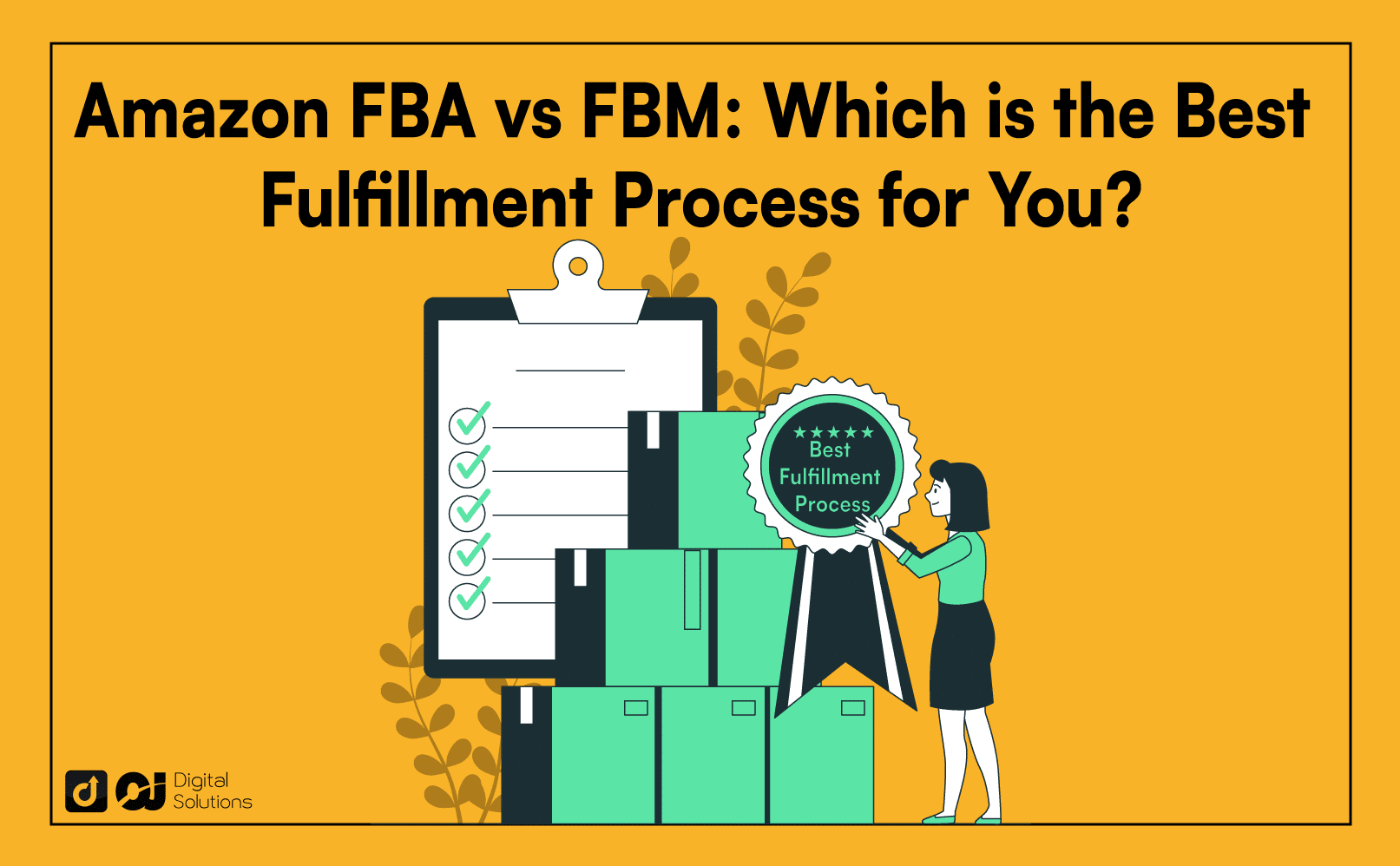In the world of e-commerce, your fulfillment strategy is crucial. Today, two dominant models exist: Fulfilled by Amazon (FBA) and Fulfilled by Merchant (FBM).
With over 300 million active shopper accounts, the Amazon marketplace is one of the best places to sell products online. But many Amazon sellers grapple with their fulfillment strategy, asking, “Is FBA better than FBM?”
In this article, I’ll help you understand the differences between Amazon FBA vs FBM. You can optimize your sales strategy by understanding each one’s strengths, weaknesses, and considerations.
Let’s explore Fulfilled by Amazon vs. Fulfilled by Merchant and uncover which process is the best for you.
Let’s begin.
| Amazon FBA | Amazon FBM |
|---|---|
| Amazon FBA is an efficient fulfillment process option if you want to streamline your business. It can take a load off your shoulders and give you more time to focus on other business operations. | Amazon FBM is for businesses that want more control over the packing and shipping process. With the right service providers, this option can help you save more money and improve your profit margin. |
Amazon FBA vs. FBM: Overview
“Should I use Amazon FBA or FBM?”
Before we answer this question, we need to look at some key points to evaluate first. Within each fulfillment method, I’ve evaluated the following:
Cost
Fulfillment Method
Sales Performance
Flexibility
Prime Eligibility
Time To Operate
Amazon FBA vs. FBM: What Are They?
It’s important to first look at what the two fulfillment methods are individually.
Amazon FBA Meaning: What Is Amazon FBA?
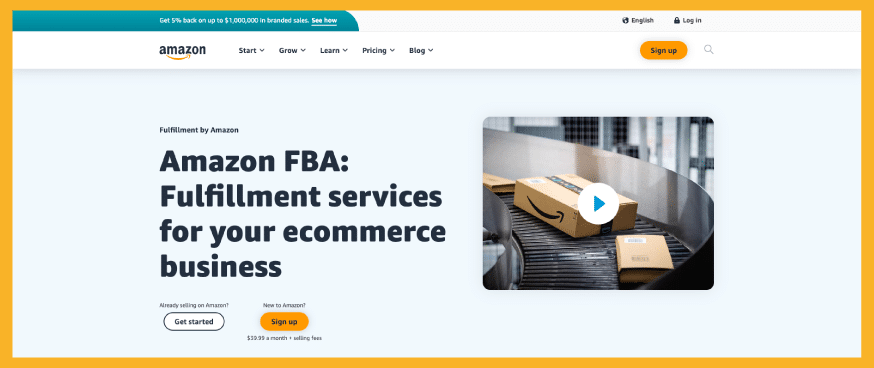
What is FBA? Amazon FBA is a service that takes care of the fulfillment processes on behalf of sellers.
When a customer places an order, Amazon handles the rest:
Packaging
Shipping
Customer service
Returns management
FBA sellers simply send their products to Amazon’s fulfillment centers, which then store the inventory and ship it to customers as orders come in.
Here are some benefits of Amazon FBA:
Amazon FBA allows businesses to scale up easily, handling large quantities of orders without the need for a large logistics infrastructure.
Amazon FBA products are eligible for Amazon Prime shipping and selling, which can increase visibility and appeal to a wider customer base.
With FBA, Amazon takes care of customer service and handles returns for FBA sellers, reducing the burden on the merchant.
FBA sellers often have an advantage in winning the Buy Box on Amazon, which can increase sales.
With FBA, Amazon businesses can easily sell their products across the globe, utilizing the platform’s vast international distribution network.
With the products in an Amazon warehouse, an Amazon seller won’t need to manage warehouse space.
Amazon FBM Meaning: What Is Amazon FBM?
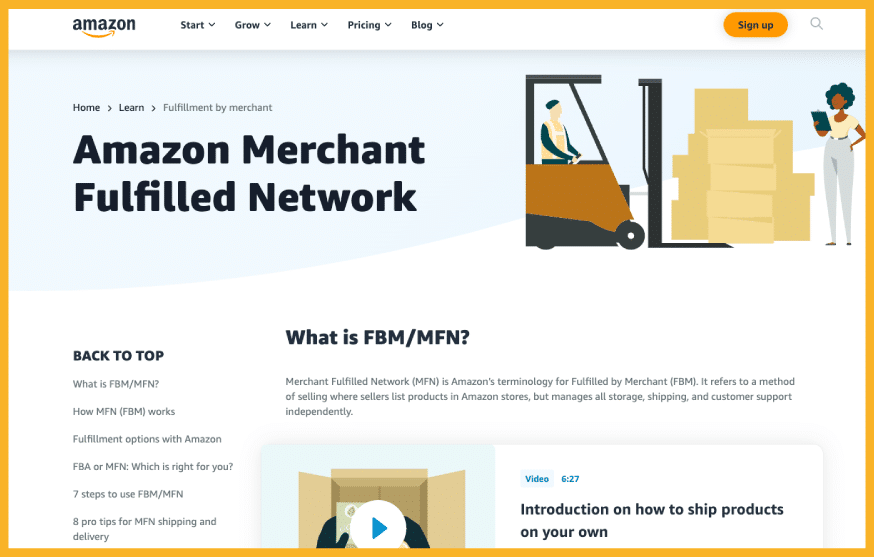
What is FBM? Amazon FBM, also called Merchant Fulfilled Network, is another fulfillment strategy. Here, the seller handles their own fulfillment including inventory’s storage, packaging, and shipping.
FBM sellers are also responsible for handling customer service, including dealing with any returns or complaints.
Amazon only provides a platform for the FBM seller to list and sell their products.
This method can be more hands-on and time-consuming than FBA, but it gives you more control over your inventory, packaging, and overall customer experience.
FBM sellers maintain direct control over their inventory, enabling more flexibility in managing stock levels.
Some products, especially larger or slower-moving ones, can be less expensive to self-fulfill due to potentially high FBA storage fees.
FBM sellers can use branded packaging, providing an opportunity to strengthen brand identity and enhance the customer experience.
Sellers can save on Amazon’s FBA fees, which can be significant depending on the products’ size, weight, and prices.
There’s no risk of inventory being mixed with other sellers’ products, which can happen with FBA and lead to product quality or authenticity issues.
Handling the entire customer experience directly can allow for more personalized service and quicker resolution of issues.
Amazon FBM vs. FBA: Feature-by-Feature Comparison
Now, let’s break down Amazon FBM vs. FBA feature-by-feature and look at which one wins in each category.
Cost
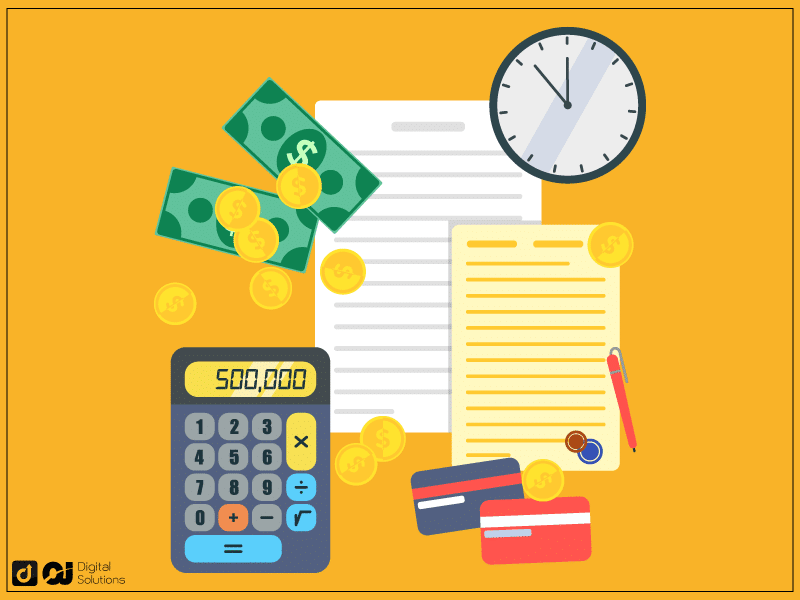
One thing stands out when you compare FBA and FBM costs: the difference between Amazon FBA vs. FBM fees.
Amazon charges a fulfillment fee and a monthly inventory storage fee. Whereas non-FBA sellers don’t have to pay Amazon anything other than the account fees.
The FBM shipping cost may also be lower as you can shop around for cheaper options.
However, you’ll also need to consider the costs of shipping orders, including inventory management tools, storage fees or warehouse rentals (if you have a large product volume), and so on.
If you don’t have the time to handle the shipping of your own products, you might also have to hire someone else. This will involve human resources costs.
If you can handle packing and customer service yourself, use your own warehouse, and find a cheaper shipping company than Amazon FBA, you’ll save more money with Amazon FBM.
Winner: Amazon FBM if you can do all three mentioned above
Fulfillment Method
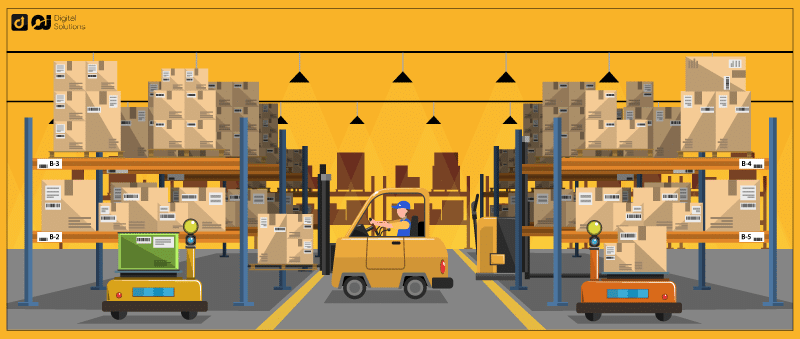
When you compare Amazon FBA vs. FBM, you’ll also need to look at your fulfillment method. Particularly, what matters is how well you can do it.
Amazon hires and trains professional packers, shippers, and customer service representatives. With FBM, you don’t have to manage these people individually, as Amazon does that for you.
Amazon’s warehouses are also top-class as they have all the equipment, pallet racking, and systems for keeping your products safe and organized.
Using Amazon FBA lowers the burden of worrying about warehouse and shipping damage. Trusting Amazon to handle your fulfillment is well worth the FBA fees.
Winner: Amazon FBA
Sales Performance
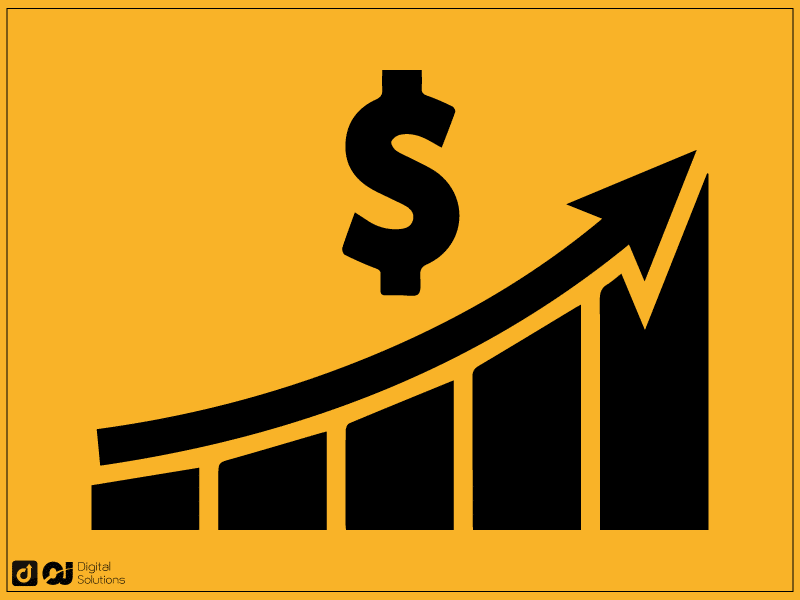
Is selling on Amazon FBA vs. FBM more effective? Many factors and advantages make Amazon FBA a better option sales performance-wise.
For one, you have Amazon Prime eligibility, which I’ll discuss more in detail later.
You can also target other Amazon customers than those with an Amazon Prime subscription. Amazon FBA sellers have more chances of winning the Buy Box, a feature that can bring droves of avid shoppers to your listings.
Studies show a 30-50% increase in sales for Amazon sellers when they use Amazon FBA to fulfill their customers’ orders.
Winner: Amazon FBA
Flexibility

When comparing Amazon FBA vs. self-fulfillment, you’ll see that FBA is less flexible in various areas.
For instance, sellers have less control over their inventory once they store it in one of the Amazon warehouses. They also can’t use custom packaging, which might be important for brands that want to deliver a unique customer experience.
On the other hand, Fulfilled by Merchant (FBM) offers greater flexibility in many areas.
With FBM, sellers maintain more control over their inventory at all times, which lets you pivot quickly if you decide to introduce new products. You can also customize your packaging and inserts.
So if you’re selling books on Amazon, for instance, you can add a thank you note for your buyers or address them by name when you sign the book for them.
Winner: Amazon FBM
Prime Eligibility

An Amazon FBA seller has Amazon Prime eligibility. This subscription offers a range of benefits to members, including free two-day shipping on eligible items and free same-day delivery in some areas.
There are over 200 million people worldwide with an Amazon Prime account. This is a highly-valued audience because they are loyal to the platform for their shopping needs.
Customers with Amazon Prime often filter their searches only to show Prime-eligible items. Carrying a Prime badge on your shop can increase a product’s visibility and appeal to customers.
Amazon FBM doesn’t give you Amazon Prime eligibility.
Winner: Amazon FBA
Time To Operate

FBA sellers spend less time on their business once they finish the initial setup. They only need to prepare and ship their inventory to an Amazon warehouse, and then the platform handles the rest.
This allows you to focus more on sourcing products, optimizing listings, and other strategic aspects of your business.
In contrast, Amazon FBM can be significantly more time-intensive. Sellers are responsible for every step of the fulfillment process, including storage, packing, shipping, customer service, and handling returns.
FBM sellers have to do these tasks consistently and promptly to maintain a good seller reputation and meet Amazon’s performance metrics. This can be more time-consuming during peak sales periods.
Considerations When Choosing Your Fulfillment Method
You’ll need to look at a few more things before deciding which method works best for you. Here are some considerations to look at.
Sales Strategy

Your sales strategy will significantly influence your decision between FBA vs. FBM.
If you aim to scale rapidly and access Amazon’s vast customer base, particularly Prime members, FBA might be the best fit. It offers high visibility, credibility, and the potential to win the highly coveted Buy Box.
However, if you’re selling unique, handcrafted, or hard-to-find items where personal touch and customer satisfaction are key, FBM may better serve your sales strategy.
But if you’re selling common items and depend on retail arbitrage to turn a profit, Amazon FBA is a better option.
Profit Margins

The FBA program charges monthly storage fees plus long-term storage fees in its fulfillment centers. These can eat into your profit margins, especially for low-value, large, or slow-moving items. FBM could have lower costs if you find a cheaper way to pack, ship, and store items.
Look for the option where you can maintain a healthy profit margin after considering all fulfillment costs.
Use an Amazon FBA vs. FBM calculator to see which will give you more profit after packaging, storage, staff, and shipping costs. Don’t forget to account for unexpected costs.
Control of Fulfillment Process
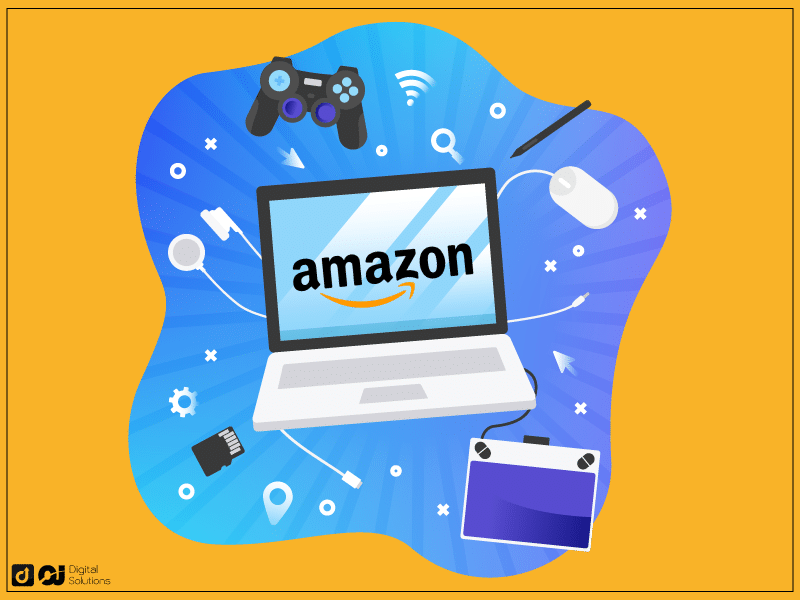
For more control over inventory management, packaging, and shipping, FBM is the way to go. It allows for branded packaging, which can enhance your brand identity.
FBA merchants don’t have this level of control over the process. This can be beneficial if you prefer to focus on product sourcing and marketing, but it does mean relinquishing a certain amount of control.
Time Availability
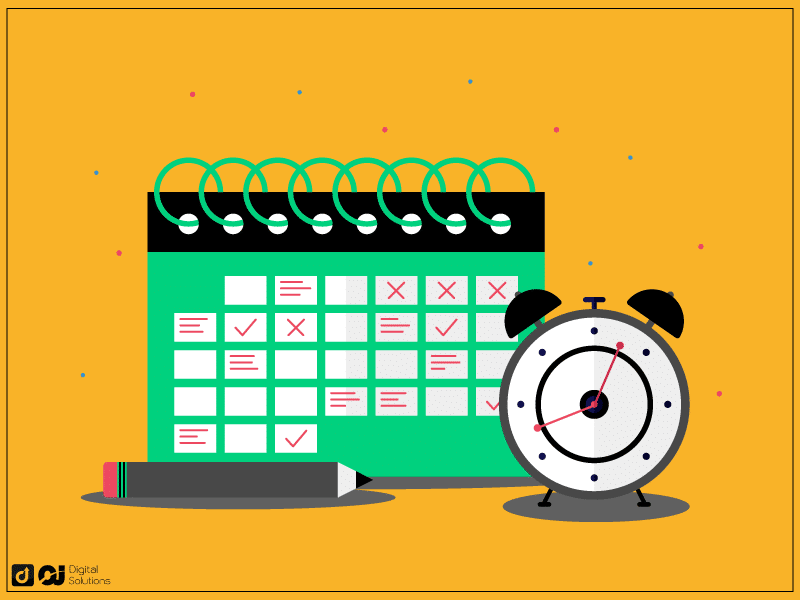
FBA can save you significant time since Amazon takes care of storage, fulfillment, shipping, and customer service. This is beneficial if you’re time-limited and prefer to spend resources on other business aspects.
Conversely, FBM requires more time to manage the entire fulfillment process. If you have the resources to manage your own inventory efficiently or enjoy the hands-on aspect of running your business, FBM could be a better fit.
Frequently Asked Questions (FAQs)
What Is Amazon Seller Fulfilled Prime?

Amazon Seller Fulfilled Prime (SFP) is a program that allows sellers to display the Prime badge on their listings. At the same time, these Amazon sellers ship products from their warehouse or third-party logistics provider (3PL).
What Is Amazon Buy Shipping?
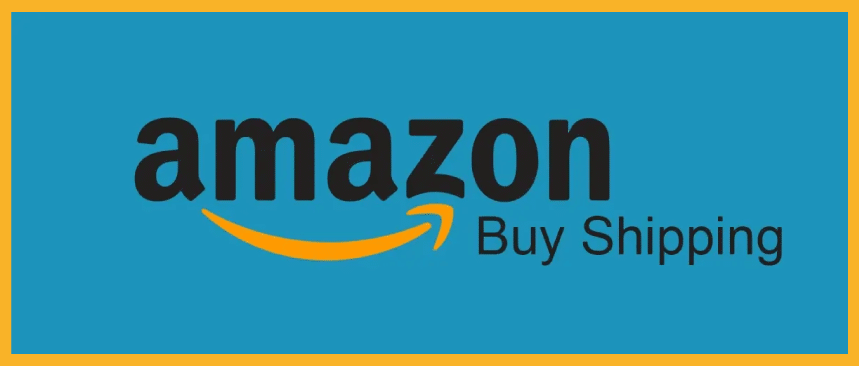
Amazon Buy Shipping services allow sellers to purchase and print shipping labels directly from their Amazon seller account.
It simplifies the shipping process and automatically updates the tracking information on the platform.
The service offers various carrier options, including USPS, UPS, and FedEx. This allows Amazon sellers to choose the best carrier based on cost, delivery speed, and other factors.
What’s the Difference Between Fulfilled by Amazon vs. Sold by Amazon?
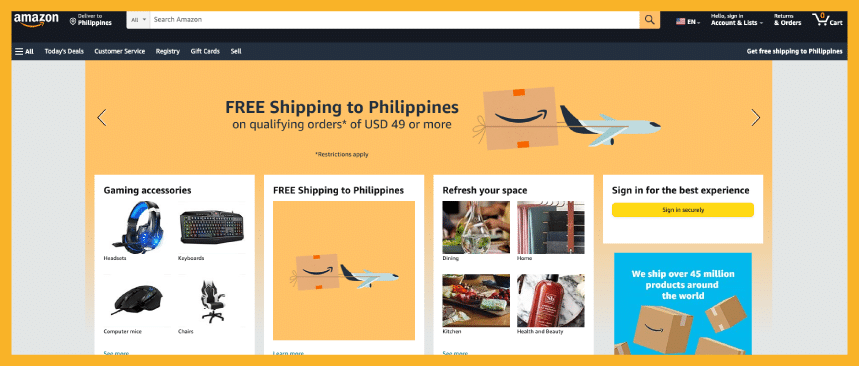
When sellers use the Fulfilled by Amazon logistics model, they store their products in Amazon’s fulfillment centers. However, third-party sellers still own the product until a customer purchases it.
Sold by Amazon signifies that Amazon owns and sells the product. The platform acquires these products from manufacturers or wholesalers and lists them under its name.
How Can You Tell if an Amazon Product Is FBA or FBM?
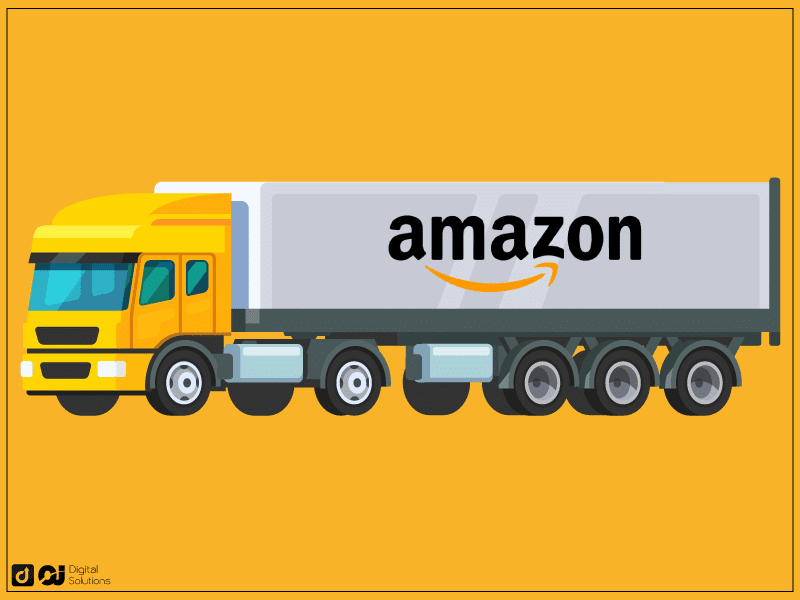
Are you wondering how to tell the difference between a FBA listing and a FBM listing on Amazon?
By looking at the product listing details, you can often determine whether a product is Amazon-fulfilled or merchant-fulfilled.
On the product page, look for the Sold by and Fulfilled by details, usually located under the Add to Cart and Buy Now buttons.
What’s the Difference Between Ships from Amazon vs. Fulfilled by Amazon?
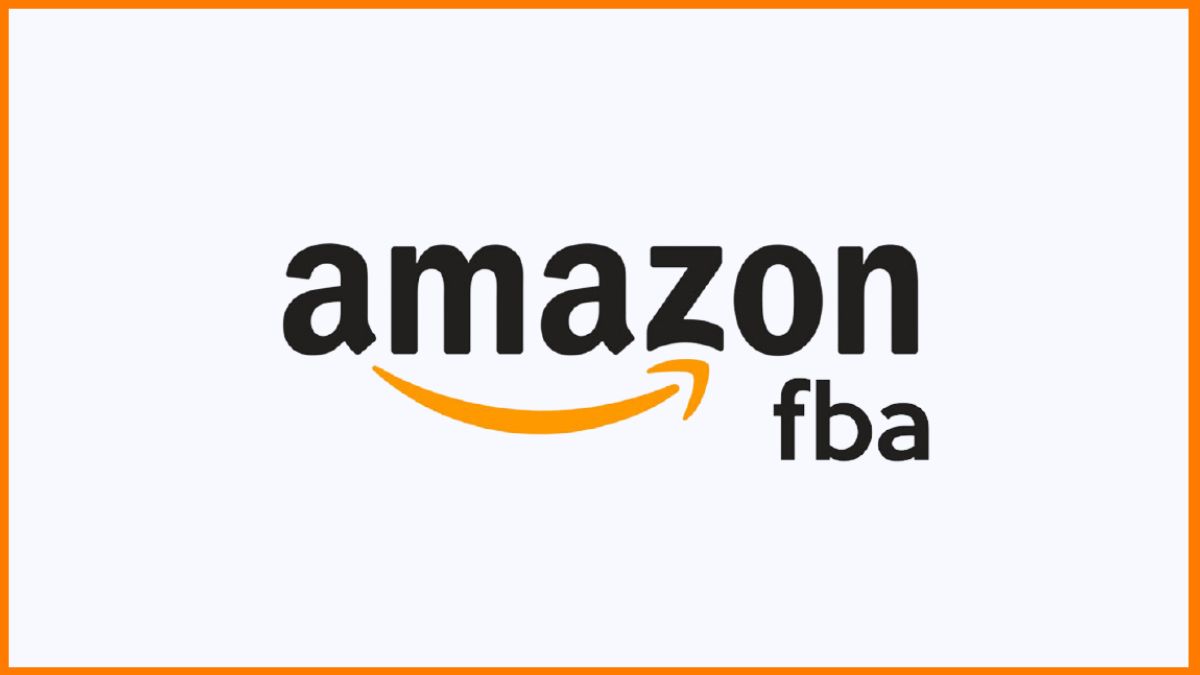
Ships from Amazon indicates that Amazon will ship the product from its fulfillment centers.
This doesn’t necessarily communicate who sells the product. It could be a third-party seller or Amazon itself. The key point here is that Amazon manages the inventory and shipping process.
Fulfilled by Amazon, on the other hand, is a service where Amazon handles storage, packaging, shipping, customer service, and returns on behalf of the seller.
When you see Fulfilled by Amazon on a product listing, a third-party is the seller of the product, and Amazon simply handles the fulfillment methods.
The Bottom Line
As I’ve explained, choosing between Amazon FBA vs. FBM involves carefully evaluating your business needs, goals, and resources.
The difference between FBA and FBM is not just about cost but also about the level of control, time commitment, sales strategy, and customer experience you aim to provide.
Finding the balance that fits your business model best is key to making this decision. Which fulfillment method are you planning to use for your Amazon business?
Remember, your decision should align with your current circumstances and future aspirations, and most importantly, it should serve your customers in the best possible way.

